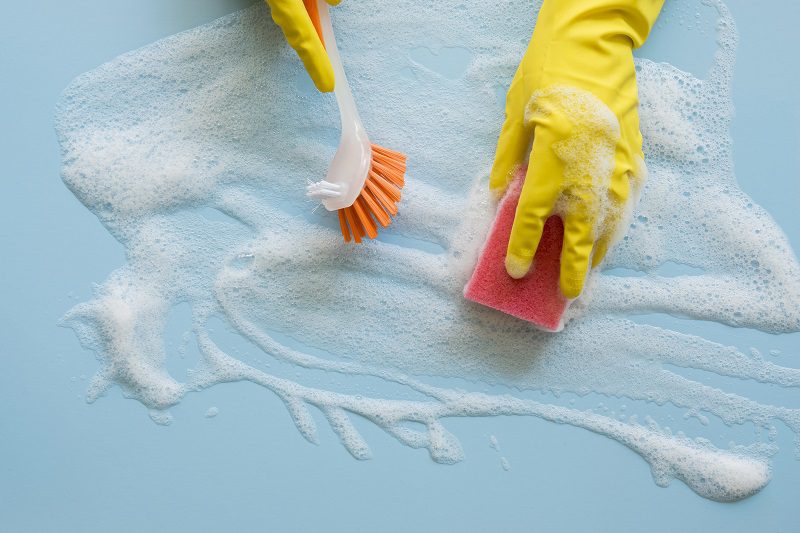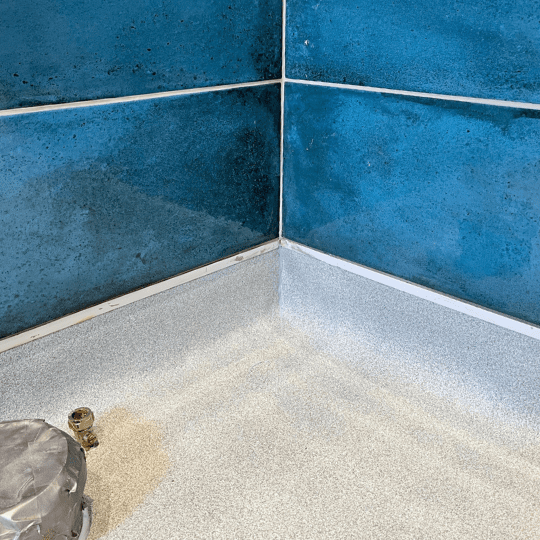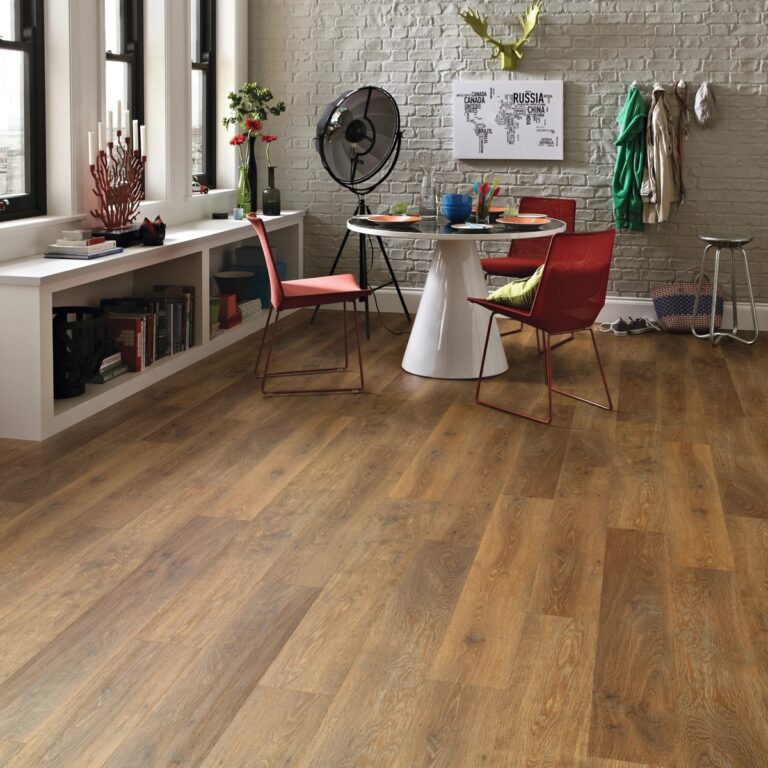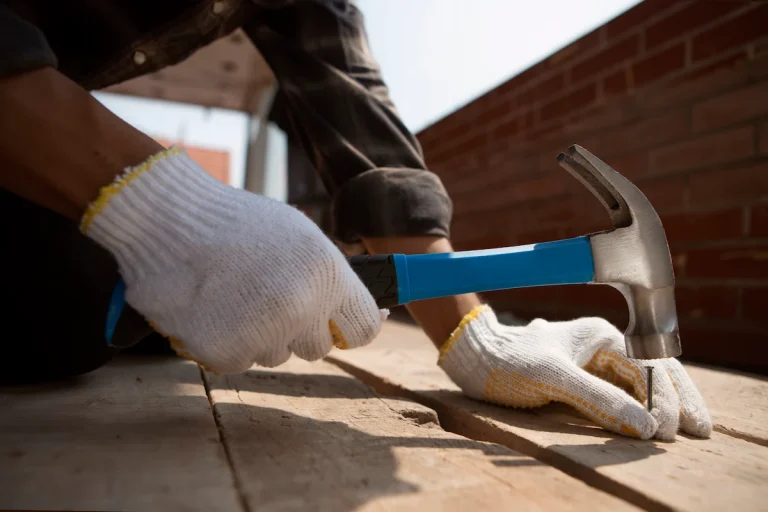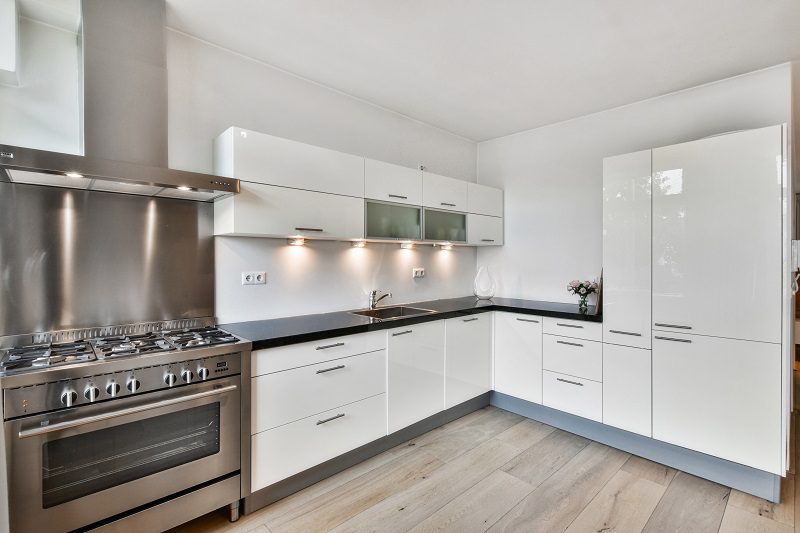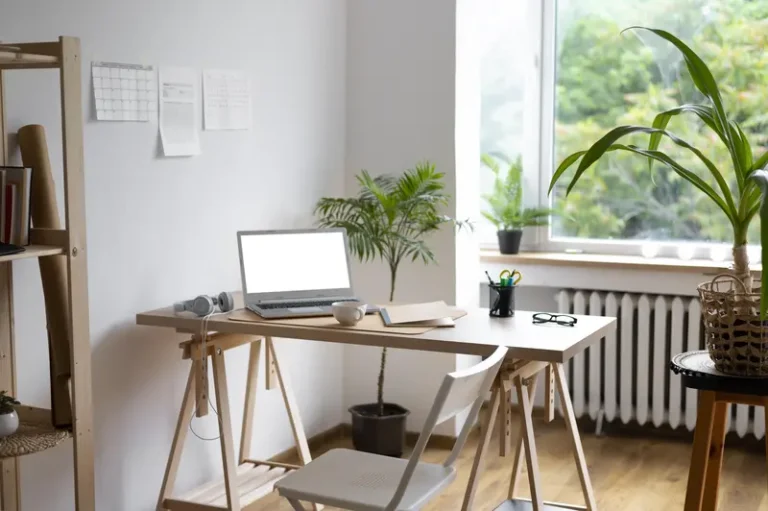Are you wondering how long do carpets take to dry after cleaning? Factors like the cleaning method used, humidity, and carpet material can all impact drying time.
In this article, we will explore these factors and discuss how you can speed up the drying process. We will also highlight the risks of not allowing your carpets to dry completely, such as mould growth and damage to carpet fibres.
Learn how to maintain clean and dry carpets for a healthy home environment.
How Long Do Carpets Take To Dry After Cleaning?
How long does a carpet take to dry? The duration for carpets to dry post-cleaning varies based on several factors. Factors like the cleaning method employed, humidity, temperature, carpet material, and the amount of water utilised in the cleaning process influence the drying time significantly.
For example, steam cleaning, also known as hot water extraction, introduces moisture deep into the carpet fibres, extending the drying period. On the other hand, dry cleaning methods like encapsulation result in faster drying times. High humidity slows down evaporation, prolonging the drying process, while warm temperatures facilitate quicker moisture removal.
The type of carpet material plays a crucial role; for instance, dense wool carpets retain more water and take longer to dry compared to synthetic fibres. Similarly, thicker carpets with dense piles hold moisture longer than thinner, low-pile carpets.
The quantity of water used during cleaning directly affects drying times, with excessive water leading to extended drying periods. It’s essential to strike a balance between effective cleaning and efficient water extraction to minimise drying time and prevent issues like mould growth.
What Factors Affect the Drying Time of Carpets?
Various factors play a crucial role in determining the drying time of carpets after cleaning. These factors include the type of cleaning method used, humidity levels, temperature conditions, the material and thickness of the carpet, and the quantity of water applied during the cleaning process.
One of the key influences on carpet drying time is humidity levels. High humidity can prolong the drying process as moisture evaporates at a slower rate in moist air.
Similarly, temperature conditions also impact drying time. Warmer temperatures facilitate quicker evaporation, speeding up the drying process.
Different carpet materials can affect drying time; for instance, thicker materials may take longer to dry due to greater water absorption.
The amount of water used during cleaning directly influences drying time; excess water requires more time to evaporate, prolonging the overall drying process.
Type of Cleaning Method Used
The chosen cleaning method significantly affects the drying time of carpets. Steam cleaning and dry cleaning are common methods used in the industry to deep-clean carpets while preserving the integrity of the carpet fibres.
Steam cleaning involves using hot water or steam to clean the carpet fibres thoroughly. The high temperature of the steam helps to break down dirt and grime, making it easier to extract. This method is effective in removing deep-seated stains and killing bacteria and allergens. Due to the moisture involved, carpets cleaned through steam cleaning may take longer to dry, typically requiring 6 to 12 hours for complete drying.
a. Humidity and Temperature
Humidity levels and temperature conditions in the environment can significantly influence the drying time of carpets. Using dehumidifiers to control humidity levels can expedite the drying process by removing excess moisture from the air.
High humidity levels can prolong the drying time of carpets as moisture evaporates at a slower rate when the air is already saturated with water. On the other hand, temperature plays a crucial role in evaporation. Warmer air can hold more water vapour, which enhances the evaporation process and speeds up drying. By optimising both humidity and temperature levels, you can create an ideal environment for efficient carpet drying.
b. Carpet Material and Thickness
The material composition and thickness of the carpet play a significant role in determining the drying time. Carpets made from different materials such as wool, nylon, or polyester may have varying drying requirements.
Wool carpets, for instance, are known for their natural absorbency, which can result in a longer drying process compared to synthetic fibres like nylon and polyester. Nylon carpets, on the other hand, are relatively quick to dry due to their moisture resistance and durability. Polyester, being a water-repellent material, tends to dry faster than wool but slower than nylon.
Thicker carpets generally retain more moisture, leading to a slower evaporation rate. Thin carpets, such as low-pile options, tend to dry quicker as they hold less moisture.
c. Amount of Water Used in the Cleaning Process
The quantity of water applied during the cleaning process can significantly impact the drying time of carpets. Excessive water usage may saturate the carpet fibres, prolonging the drying duration.
Should the carpet be wet after cleaning? Optimal water usage is crucial to ensure effective cleaning without risking damage to the carpet. Balancing the right amount of water will help in lifting dirt and grime while facilitating quicker drying. It is recommended to follow manufacturer guidelines on water usage or consult a professional cleaner for advice.
To prevent over-wetting, avoid saturating the carpet with water. High levels of moisture trapped in the fibres can lead to mould growth and unpleasant odours.
Excessive water can weaken the carpet backing and cause discolouration or shrinkage, ultimately shortening the carpet’s lifespan.
By controlling water quantity and understanding the drying process, you can maintain the quality and longevity of your carpets.
How to Speed Up the Drying Process
To expedite the process of drying carpets after cleaning, you can utilise fans or dehumidifiers to increase airflow and reduce humidity levels. These tools help in accelerating evaporation and ensuring thorough drying post-cleaning.
1. Increase Airflow and Ventilation
Enhancing airflow and ventilation in the room where the carpet is placed can significantly accelerate the drying process. Utilising fans or opening windows helps in removing moisture from the carpet and expediting evaporation.
Proper airflow is crucial to ensure that the moisture trapped in the carpet fibres is efficiently released into the air, aiding in the drying process. By allowing for good ventilation, you create a more breathable environment that encourages quicker evaporation.
- To maximise ventilation, consider placing fans strategically around the room to promote air circulation.
- Placing fans near windows or doors can help in drawing fresh air into the room and pushing out the damp air, expediting the drying time of the carpet.
Avoiding humid conditions is also essential for efficient carpet drying. Be mindful of the humidity levels in the room and use dehumidifiers if necessary to create a drier environment that supports the evaporation process.
2. Use Fans or Dehumidifiers
Fans and dehumidifiers are valuable tools for speeding up the carpet drying process. Fans promote airflow, whilst dehumidifiers help in reducing humidity levels, collectively aiding in the efficient evaporation of moisture from the carpet fibres.
When using fans, it’s crucial to position them strategically to ensure proper air circulation across the carpet surface. Placing fans at corners and edges can prevent moisture pockets from forming. On the other hand, dehumidifiers play a vital role in extracting excess moisture from the air, thereby accelerating the drying process. Combining these two devices creates an optimal drying environment for carpets, preventing mould and mildew growth.
3. Use Absorbent Materials
Incorporating absorbent materials like towels or cloths can aid in absorbing excess moisture from the carpet surface, facilitating faster drying. Placing these materials strategically on damp areas can help expedite the evaporation process.
Highly absorbent materials play a crucial role in the efficient drying of carpets after cleaning or in case of spills.
Choosing materials such as microfibre towels, cotton cloths, or even specialised carpet drying pads can significantly enhance the absorption capacity. The key lies in selecting materials that can swiftly draw moisture from the carpet fibres.
The Risks If You’re Not Allowing Carpets to Dry Completely
Inadequate drying of carpets poses various risks, including the growth of mould and mildew due to retained moisture, potential damage to carpet fibres from prolonged wetness, and the development of foul odours resulting from bacterial growth.
When carpets are not properly dried, the trapped moisture becomes a breeding ground for mould and mildew, which can lead to serious health problems for those exposed. Mould spores can trigger allergies, asthma, and other respiratory issues. The structural integrity of the carpet can be compromised as prolonged exposure to moisture weakens the fibres, causing them to break down and deteriorate over time.
Ensuring carpets are thoroughly dried after cleaning or water damage is crucial in preventing these issues.
a. Mould and Mildew Growth
One of the primary risks of incomplete carpet drying is the proliferation of mould and mildew. Moist conditions provide a conducive environment for these fungal growths, which can compromise indoor air quality and pose health hazards.
When mould spores are inhaled, they can trigger allergic reactions and respiratory problems in susceptible individuals. Mould and mildew can also release mycotoxins that have been linked to various health issues, including headaches, nasal congestion, and skin irritation.
To prevent mould infestation on carpets, it is essential to ensure proper ventilation and moisture control within the indoor environment. Regular cleaning and maintenance of carpets, prompt drying of wet areas, and monitoring humidity levels can help deter mould growth.
If mould is already present on carpets, professional cleaning services utilising specialised equipment and treatments may be necessary. Deep cleaning, disinfection, and proper drying techniques are crucial in addressing existing mould issues and restoring the carpet’s hygiene.
b. Damage to Carpet Fibres
Prolonged exposure to moisture due to inadequate drying can lead to damage in carpet fibres. Issues such as fibre degradation, colour bleeding, and structural weakening may arise, impacting the carpet’s aesthetics and longevity.
When moisture seeps deep into the carpet fibres, it can weaken the material’s integrity, making it more susceptible to wear and tear over time. This can manifest in various ways, causing the fibres to become brittle and prone to breakage. In addition, excessive moisture can create a breeding ground for mould and mildew, posing health risks to inhabitants.
Common problems associated with moisture-damaged carpet fibres include musty odours, staining, and an unsightly appearance that can detract from the overall ambience of a room. Moisture can also facilitate the growth of bacteria and allergens, exacerbating respiratory issues for individuals sensitive to such triggers.
c. Foul Odours
Retained moisture in carpets can lead to the development of foul odours over time. Bacterial growth in damp conditions can cause unpleasant smells that permeate the carpet materials and fibres, affecting indoor air quality.
One common reason for moisture retention in carpets is spills or leaks that are not promptly cleaned and dried. If left unattended, these wet areas become breeding grounds for mould and mildew, which release musty odours into the air. High humidity levels in the environment can contribute to prolonged dampness in carpets, exacerbating the odour issue.
Sign when Your Carpet is Fully Dry
Determining the dryness of a carpet post-cleaning involves sensory assessments like touch and visual inspection. A fully dry carpet should not feel damp to the touch and should exhibit no visual signs of moisture retention.
To conduct touch checks, gently press your palm firmly onto different sections of the carpet, ensuring no moisture transfers onto your hand. Running your fingers through the fibres should not leave any damp residue. For visual inspection, look for any water droplets, dark patches, or colour changes that indicate lingering moisture. Use a moisture metre to measure the carpet’s humidity levels accurately.
Indicators of incomplete drying may include musty odours, mould formation, or the onset of allergies in inhabitants. It’s crucial to ensure thorough drying post-cleaning to prevent these issues and maintain a healthy indoor environment.
How to Maintain Clean and Dry Carpets
Maintaining clean and dry carpets involves regular vacuuming, prompt stain removal, and professional cleaning services. Companies like TEKA Cleaning in Cambridge offer expert carpet care solutions to preserve the quality and longevity of carpets.
Regular routine carpet maintenance is crucial for not only keeping your carpets looking fresh but also for improving indoor air quality and extending the lifespan of your flooring. Professional cleaning services play a vital role in deep cleaning and removing ingrained dirt and allergens that regular vacuuming may not address adequately. By entrusting your carpet care to reputable companies, such as those mentioned, you can ensure that your carpets remain in top condition.
So, if you need assistance with carpet cleaning, simply utilise the Carpet Cleaning service from TEKA Cleaning. Don’t compromise on the cleanliness and health of your carpets. Invest in professional carpet cleaning services from TEKA Cleaning and enjoy a cleaner, healthier, and more visually appealing living or working environment.
Read also:


























